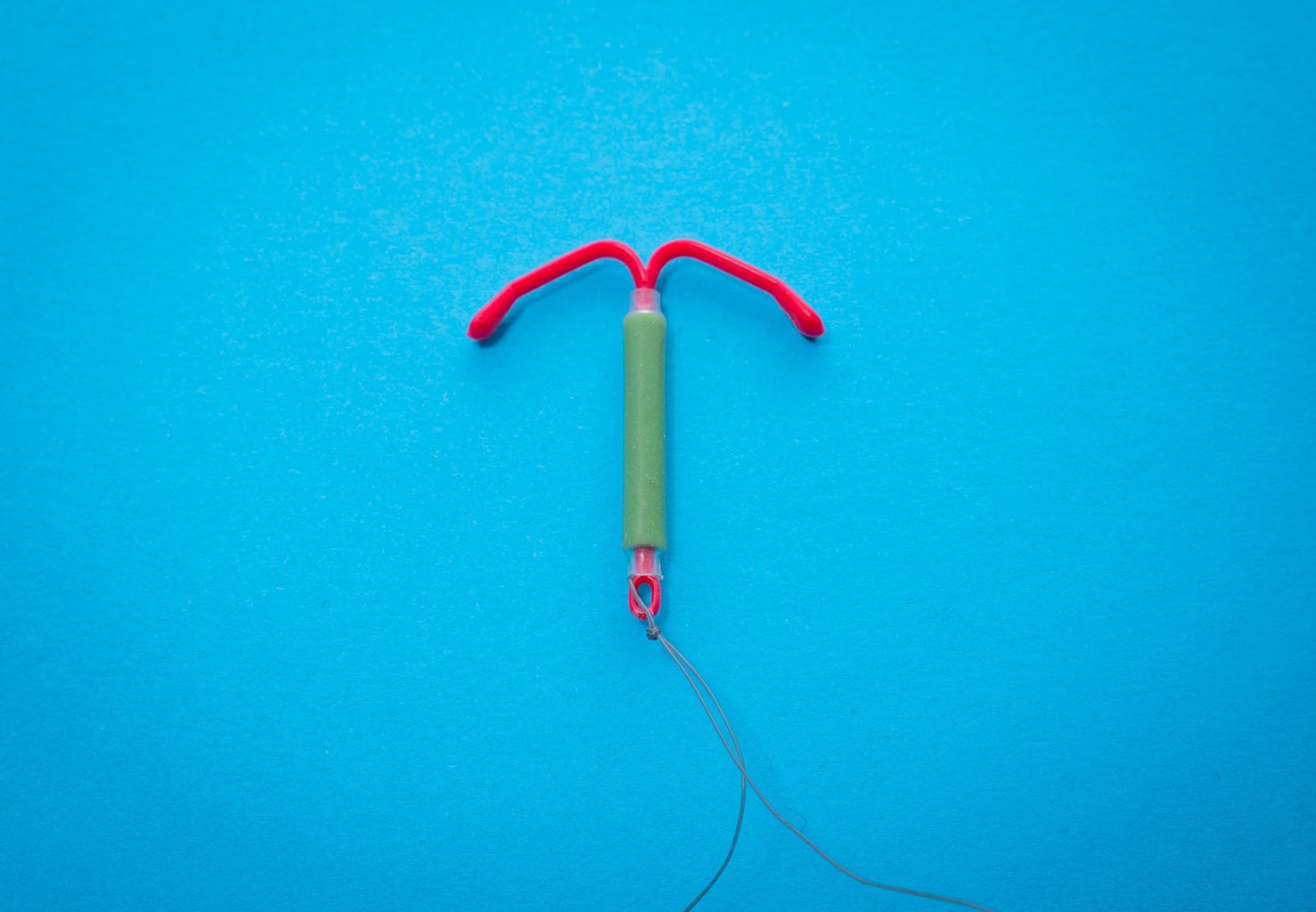In the past 10 years, there has been an incredibly large increase in intrauterine devices (IUD) as a main form of birth control. Over 219 million women across the world have them and it is continuing to grow. It has an effectiveness rate of 99 percent, it is reversible and there is absolutely no maintenance required. Also, for many IUDs, women do not have a menstrual cycle at all. Due to these benefits, many see it as an ideal form of birth control. However, the intense pain that can come with this procedure is often underestimated.
If you are not familiar with IUD insertions, a doctor will take a T-shaped device in an applicator tube and insert the tube through the patient’s cervix and into their uterus. A majority of these devices are allowed to stay in for up to 10 years with no other intervention. While this procedure is only 5 minutes long and fairly simple, medical professionals often do not disclose to patients how painful it can be. Taking an Advil before is the extent to which pain management women are offered.
Intense cramping, cervical spasms and even fainting can continue from the time of the procedure until days after. This could be remedied with options like sedation or heavy muscle relaxants but they are rarely explicitly talked about. Due to this, many women neglect getting an IUD just out of fear of the procedure. This is a big problem considering how effective a form of birth control it is.
A study of women who had gotten one showed that a whopping 43 percent of them have rated their pain, on a scale from one to ten, a seven or higher. These women have described this pain as “almost unbearable,” “excruciating,” and have even compared the pain to childbirth. The healthcare field needs to stop assuming it will be merely uncomfortable. If this many women undergo this much pain during IUD insertion, why is no pain relief offered?
It ultimately boils down to the fact that women in pain are taken less seriously than men in pain. This is just one of many examples of gender biases in the healthcare field. The New England Journal of Medicine found that women are seven times more likely than men to be misdiagnosed and discharged in the middle of having a heart attack. And why is that? Because the medical field has a much better understanding of the male anatomy as opposed to females. Gender biases are extremely dangerous and potentially deadly.
It is essential that women know their options to lessen the chances of them being victims of this gender-based discrimination. This article is in no way discouraging anyone from an IUD but rather hoping to educate women on the potential issues. IUDs are extremely effective and safe forms of birth control. If you are someone who is interested in this procedure, talk to your doctor and make sure your concerns are heard. There are pain relief options available despite them not being immediately offered. Be your own advocate.



